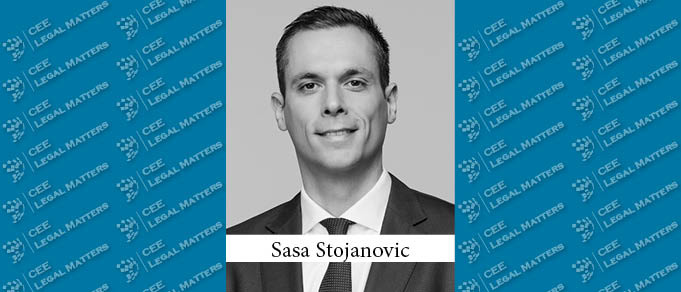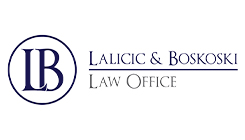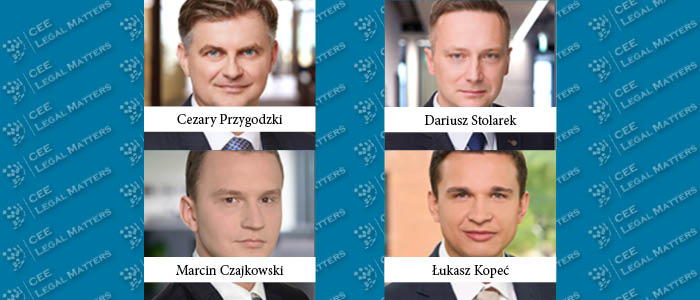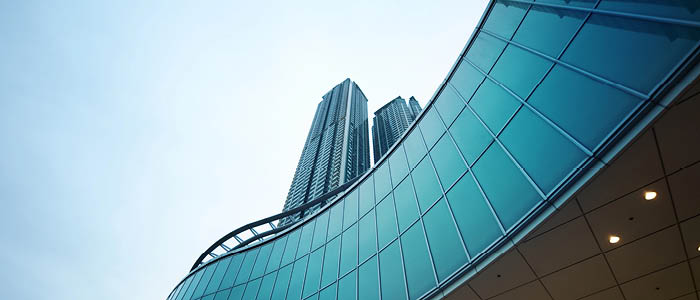Even though changes could be in the pipeline for Serbia given the upcoming April 2022 presidential and parliamentary elections, the central Balkan country is in a state of stability and steady advancement, according to Radovanovic Stojanovic & Partners Partner Sasa Stojanovic.
“Looking at the previous election cycle, one could expect that the current political structures will remain in place, after the April 2022 elections end,” Stojanovic says. “Overall, there is a feeling of political stability in Serbia, which reflects on investor trust as well.”
Following the initial pandemic shock of 2020, Serbia has entered a recovery phase. “The market has recovered significantly, and this year has been much better than the last one. Why, some investment assessment experts eyeball the total FDI amount for this year at USD 4 billion!” Even if that number may not be the exact one, Stojanovic feels that it reflects the general sentiment accurately.
“Also, it is quite important to note that Cluster 4 of the EU accession negotiations has opened up – which is a strong indication that this process is advancing adequately,” Stojanovic says. He believes that, should this trend continue, Serbia might know its accession date by 2025. “Reflecting this, there have been some major efforts to harmonize the domestic legislative framework with that of the EU.”
Turning to specific business and market areas that have been overperforming, Stojanovic highlights the banking, IT, and energy sectors first. “A 400-megawatt quota for wind power plants has been set and the path for investors both foreign and domestic is opening up.”
Additionally, the number of M&A transactions is, according to Stojanovic, way better than in 2020. “The banking sector has been on fire as well, especially following the latest round of consolidations.” With the recent M&A transactions in the banking sector, Stojanovic reports that the total number of banks in Serbia has dropped to 20, “and with all the expected consolidations, it should drop even further by 2023.”
Rounding out the high-performing sectors of the economy, Stojanovic highlights IT, healthcare and pharma, the food industry, and real estate.
“I expect the market to be even more stable in the new year, especially due to the mass vaccination efforts in the country,” Stojanovic says. “More market movement is expected and the first half of 2022 should see an even higher number of M&A transactions – most so in the IT, banking, and renewable energy sectors,” he says in conclusion.























